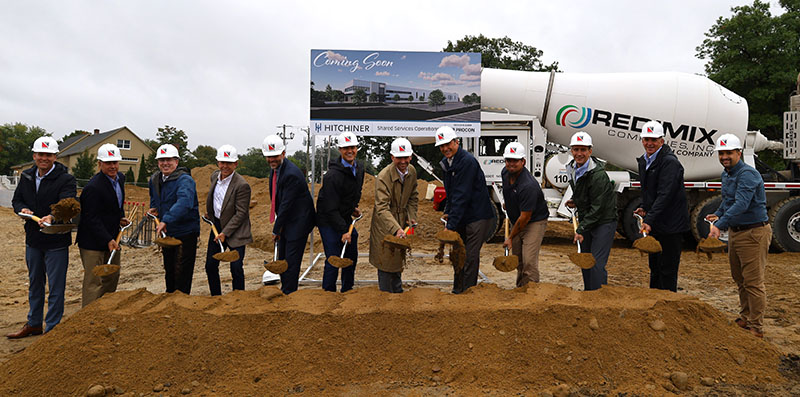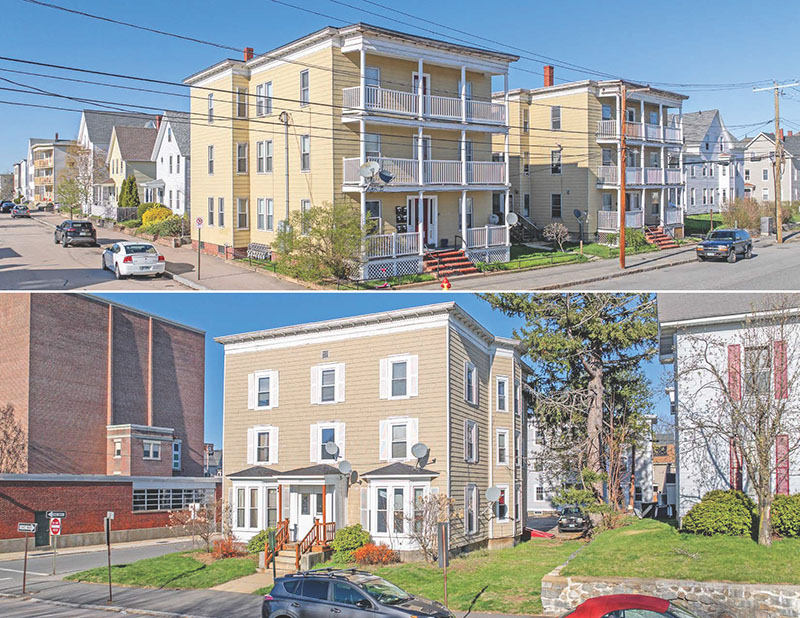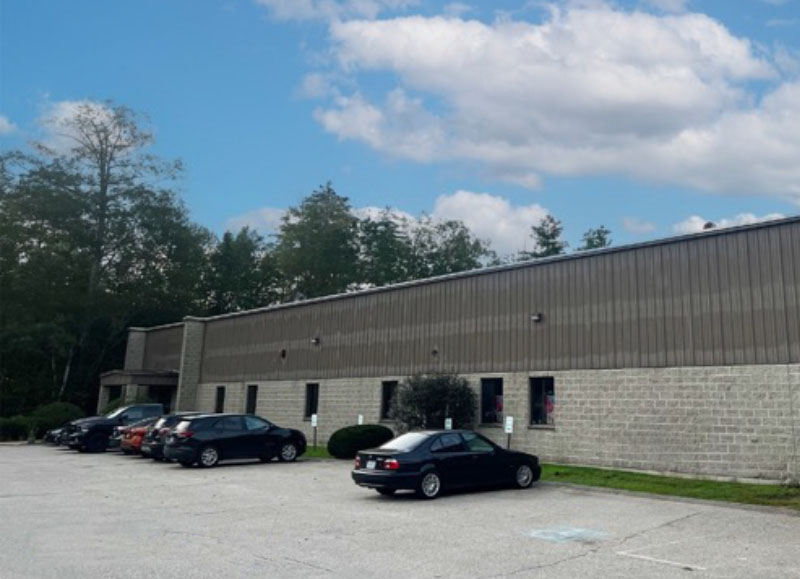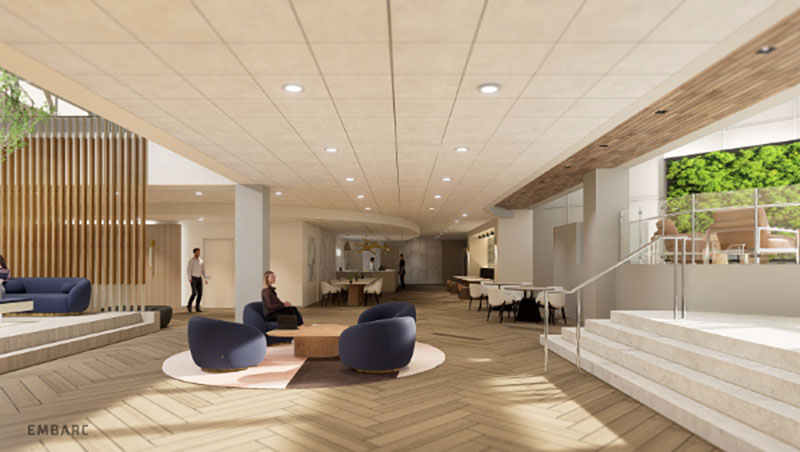Marginal Way and Bayside have become Portland’s gateway to a thriving community - by David Harrigan

Appraisal Consultants
The year is 1994 and “U.S. News & World Report” published an article on the top 10 white underclass “ghetto” neighborhoods (non-Hispanic) in the U.S. Portland’s Bayside/Parkside ranked #2, second only to Boston’s South End. It might be a coincidence, but that is also when the City of Portland began to implement a master plan to revitalize Bayside, and more specifically Marginal Way, to become the modern gateway to the city. Today, two decades later, that vision has been realized.
The transformation started in earnest in 1999 when the former DHS building (now Maine Eye and Gastro) was developed. The change continued with the addition of three new office buildings anchored by AAA (2002), Gorham Savings Bank (2006) and InterMed (2008). With the addition of the Plant Fitness building in 2005, over 440,000 s/f of modern class A buildings were developed along this short strategic section of Marginal Way.
With the onslaught of office space being developed, retail entered the mix. Trader Joe’s, Whole Foods (off Marginal Way), and Walgreens joined long timers such as EMS, West Marine and the historic Miss Portland Diner. Bayside Village Apartments, a student housing complex with 400 units in a 5-story 238,000 s/f structure, came along in 2008.
More recently along Marginal Way, Bangor Savings developed a new 7,500 s/f bank branch and office at the former Bubble Up Car Wash site, Northlands, an active real estate development, company acquired the Century Tire property and other adjacent assets which have been redeveloped into a modern multi-tenant retail center anchored by T-Mobile and Chipotle Grill.
Today, work has begun on the redevelopment of the last historic structure along this section of Marginal Way: the former AAA service center building will be transformed into a 16,000 s/f multi-tenant retail center with ConvenienceMD as the anchor.
The depth of the development has spawned interest from area investors who view the Marginal Way corridor just as the City had intended, the Gateway to the City. The recent sale of the Gorham Savings building at 63 Marginal Way for $5.4 million ($195/s/f of GBA) speaks to how this once depressed area has fully evolved.
Catalina Wine Mixer, LLC purchased the property from the original developer Bayside Ventures, LLC. The buyer, a well-known local investment group that owns other properties on Marginal Way, purchased the building as an investment. They plan to continue operating it as such and make some upgrades throughout the building. The transaction was arranged on behalf of the seller by Charles Day and on behalf of the buyer by Joe Porta, SIOR, both of CBRE | The Boulos Company
Beyond Marginal Way, the entire Bayside neighborhood has also evolved. Examples that demonstrate the area’s ongoing cycle of change include Bayside Bowl and its recent expansion, the conversion of the former Schlotterbeck & Foss building into a 55-unit micro-sized loft style apartment complex and the long awaited start to Mid-town, a comprehensive development that includes a parking garage, retail and over 200 residential units.
Lastly, but possibly one of the most significant changes to this once very blue collar neighborhood, is the City of Portland’s decision to move all of its public work facilities out of Bayside. A recent offering of those six properties by CBRE | Boulos presents them whole or in pieces. Many of the properties would be ideal for redevelopment which will continue to alter how the neighborhood transitions looking forward. Nate Stevens and Vince Ciampi are the brokers of record.
The days of bad press and depressing demographics are gone. U.S. News and World Report now ranks Portland as the 26th best city to live, a far cry from its 1994 perspective.
Marginal Way and Bayside have indeed become the city’s gateway to a thriving and popular community. The revitalization process that has taken place and continues today may have been slowed by two real estate cycles, yet in the end, the vision and planning prevailed.
David Harrigan is the president of Maineland Appraisal Consultants, Portland, ME.
PROCON and Hitchiner break ground on 57,000 s/f shared services operations facility








.png)